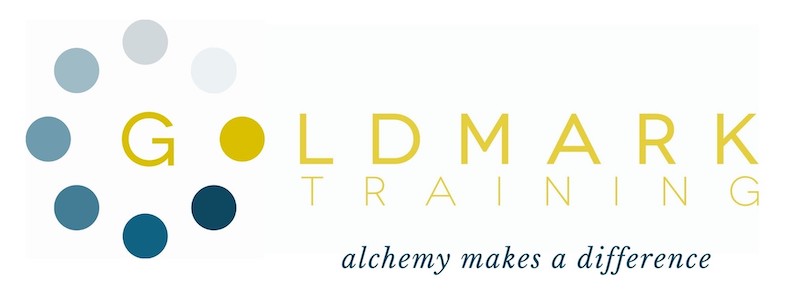Common Safeguarding Mistakes and How to Avoid Them
Safeguarding is more than a legal requirement; it’s a moral responsibility. Whether in schools, care settings, charities, or corporate environments, safeguarding ensures that children, young people, and vulnerable adults are protected from harm. Yet despite good intentions, many organizations still fall into common safeguarding pitfalls.
In 2025, with increased awareness of safeguarding obligations, it’s essential for leaders and staff to not only understand policy but also practice safeguarding with empathy, accountability, and vigilance. Let’s look at the most frequent mistakes and, importantly, how to avoid them.
Mistake 1: Treating Safeguarding as a “One-Off” Training
Too often, safeguarding is viewed as a tick-box exercise. Staff attend one induction session and assume they’re covered for years. The truth is, safeguarding is a continuous responsibility. Policies, risks, and reporting frameworks evolve, and without ongoing learning, gaps quickly form.
How to Avoid It:
Embed safeguarding into your culture. Regular refresher sessions, scenario-based discussions, and reflective practice are key. Our Safeguarding Training Course is designed to equip teams with both up-to-date knowledge and practical skills, ensuring safeguarding becomes part of everyday thinking, not just annual compliance.
Mistake 2: Not Recognising Early Warning Signs
Many safeguarding failures occur not because people don’t care, but because they fail to notice the signs. Indicators of abuse or neglect, such as changes in behaviour, absenteeism, or sudden withdrawal, are often missed or dismissed as “normal.”
How to Avoid It:
Training staff to identify subtle cues is vital. Encourage a culture of observation and openness where concerns can be raised without fear. Leaders trained through our Leadership & Management Training Course learn how to create safe environments where staff feel confident speaking up and acting promptly.
Mistake 3: Poor Record Keeping and Documentation
Safeguarding cases often unravel because incidents weren’t properly documented. Incomplete records, vague notes, or delays in reporting can prevent vulnerable individuals from receiving the support they need.
How to Avoid It:
Introduce clear reporting procedures and train staff on what to record, how to record it, and why timeliness matters. Good safeguarding practice is built on accurate, confidential, and secure record-keeping.
Mistake 4: Overlooking Diversity and Inclusion in Safeguarding
Safeguarding cannot be approached with a “one-size-fits-all” mindset. Cultural misunderstandings, language barriers, or unconscious bias can lead to specific individuals being overlooked or unfairly judged.
How to Avoid It:
Ensure safeguarding policies are inclusive. Provide Equality and Diversity Training for your staff so they can understand the impact of bias and tailor safeguarding responses appropriately. Empathy and cultural awareness are as important as legislation.
Mistake 5: Ignoring Staff Wellbeing
One overlooked safeguarding risk is the well-being of the staff themselves. Teams dealing with sensitive cases may experience emotional fatigue, stress, or even vicarious trauma. If staff are unsupported, safeguarding practice will suffer.
How to Avoid It:
Prioritise emotional resilience and psychological safety. Investing in Wellbeing Training helps organization’s support their workforce, ensuring staff have the strength and clarity needed to protect others effectively.
Mistake 6: Weak Leadership and Accountability
Without strong leadership, safeguarding responsibilities can become blurred. If managers don’t lead by example, staff may downplay concerns or feel powerless to act.
How to Avoid It:
Accountability must sit at every level, but leaders set the tone. Through our Leadership & Management Training Course, managers learn how to take ownership of safeguarding, communicate expectations clearly, and ensure their teams feel empowered to protect those in their care.
Final Thoughts
Safeguarding mistakes are rarely deliberate; they can have life-changing consequences if not addressed. By moving beyond compliance and embedding safeguarding into the fabric of your organization, you can build safer, more inclusive, and more resilient environments.
At Goldmark Training, we believe safeguarding is rooted in empathy, inclusion, and strong leadership. That’s why we offer dedicated programmes in Safeguarding, Leadership & Management, Equality & Diversity, and Wellbeing to ensure organizations have the tools they need to protect both people and culture.
